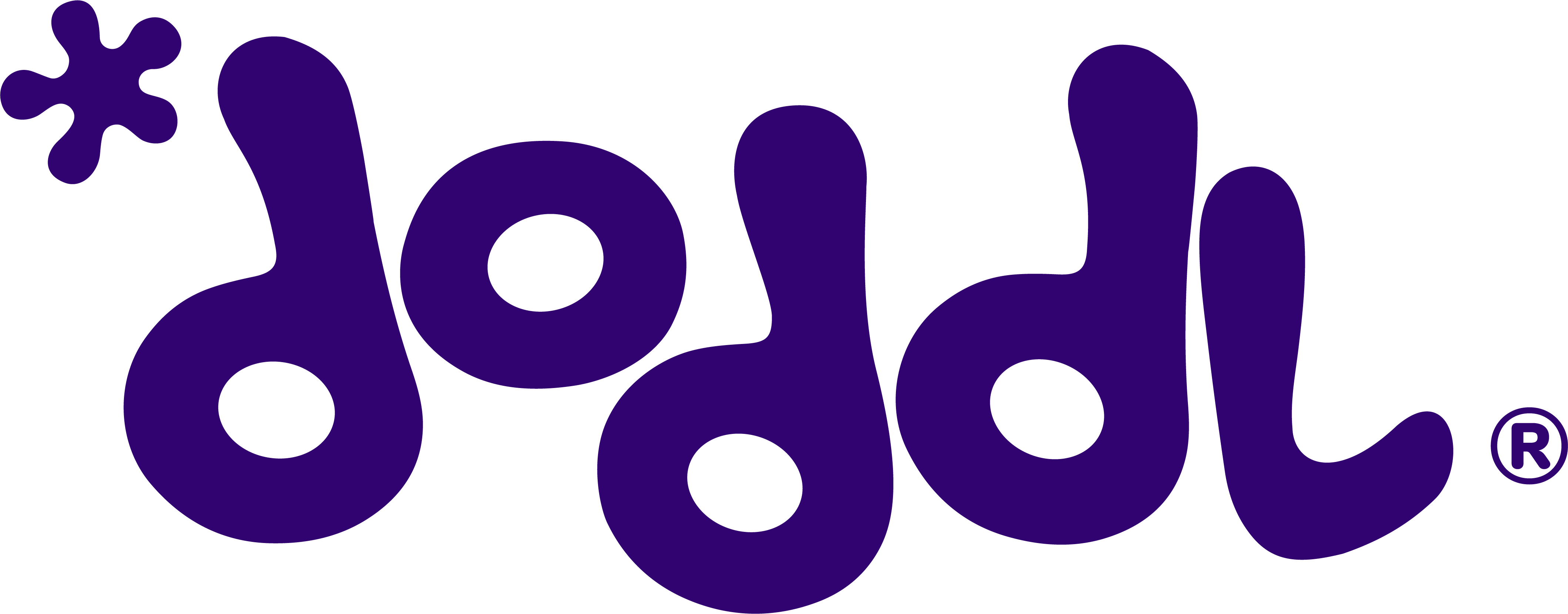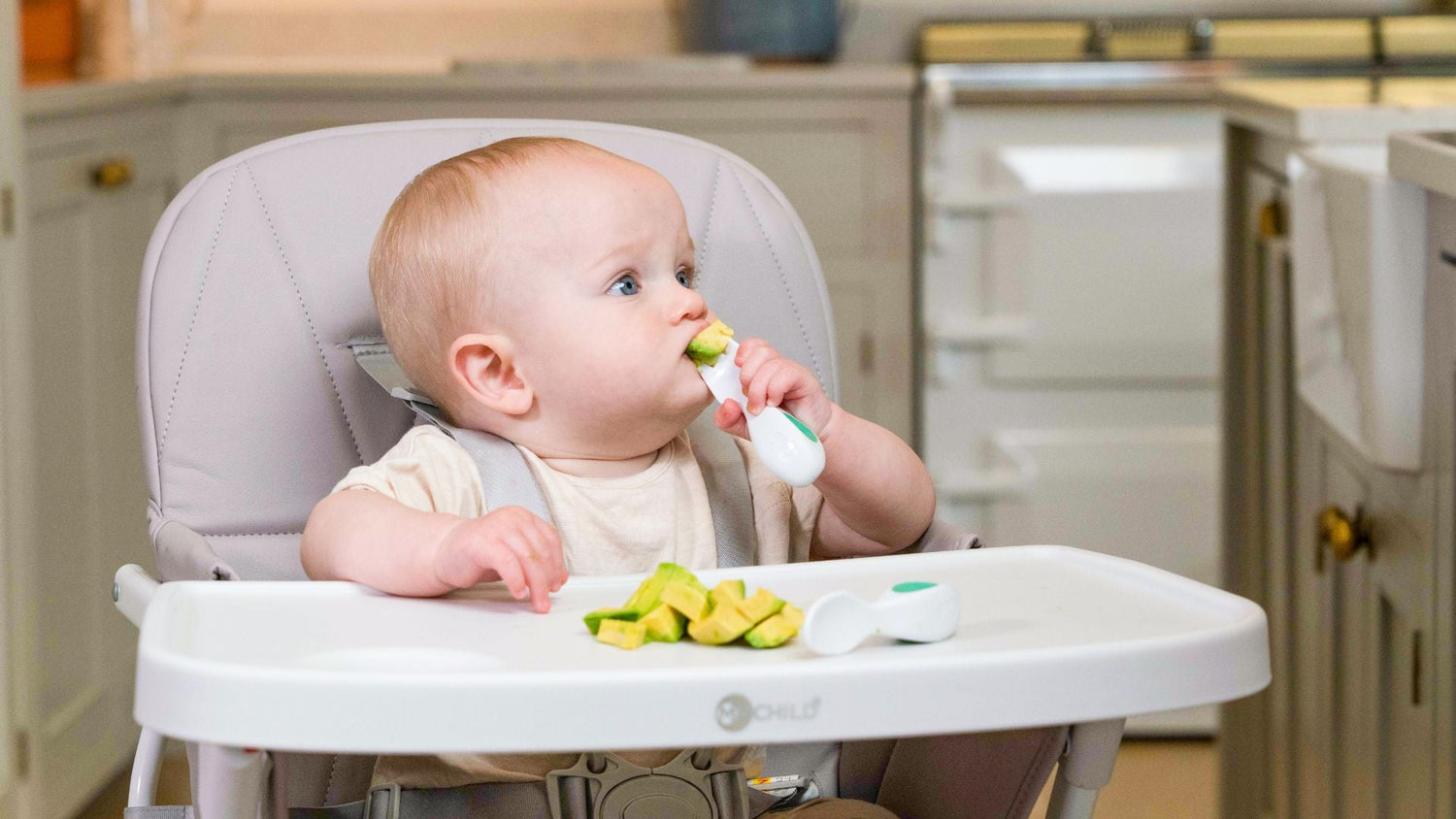The first year of a baby's life is a whirlwind of growth, development, and countless milestones. Amidst the sleepless nights and endless nappy changes, you might find yourself wondering, “Am I doing this right?” When it comes to baby nutrition, the answer is a resounding “yes!” – as long as you have the right information and support by your side.
Providing optimal nutrition during these crucial months lays the foundation for your little one's lifelong health and well-being. It's a big responsibility, but don't worry – you've got this! And we're here to help.
In this guide, we'll dive deep into the world of baby nutrition, exploring everything from the benefits of breastfeeding to the art of introducing solids. We'll help you decode your baby's hunger cues, ensure they're getting all the essential nutrients, and navigate common dietary concerns with confidence.
Let's dive in and discover how you can give your baby the very best start in life, one bite at a time!
Understanding nutritional needs

Breastfeeding vs. Formula Feeding: Pros, Cons, and Nutritional Facts
When it comes to feeding your baby, you've got options – and both breastfeeding and formula feeding can provide the essential nutrients your little one needs to thrive.
Breast milk is naturally tailored to your baby's needs, containing antibodies that support immune system development. But formula is also a great choice, offering a balanced mix of vitamins and minerals.
At the end of the day, the choice is yours – and whatever you choose, know that you're giving your baby the nourishment they need to grow and shine.
Recognising hunger and fullness cues
Babies might not be able to speak, but they sure know how to get their point across when it comes to food. They have their own unique ways of communicating their hunger and fullness, and understanding these cues is essential for responsive feeding…
Hunger cues:
- Crying
- Rooting (your baby turns their head towards your hand or chest, seeking the nipple or bottle).
- Putting hands to mouth (a reflexive action that indicates your baby is ready to eat).
Fullness cues:
- Turning away from the nipple or bottle.
- Falling asleep (a content baby may fall asleep after a satisfying meal).
Responding to these cues is key to building a healthy feeding relationship based on trust, respect, and plenty of love. So, keep your eyes peeled!
Essential nutrients for babies: vitamins, minerals, fats, and proteins
To ensure your baby's healthy growth and development, it's always good to provide them with a balanced diet that includes all the essential nutrients they need. Let's take a closer look at the key nutrients that play a vital role in your baby's first year of life:
- Vitamin D for bone health
- Iron for cognitive development and red blood cell production
- Calcium for strong bones and teeth
- Fats for brain development and energy
- Proteins for growth and tissue repair
By incorporating a variety of nutrient-rich foods into your baby's diet, you can help ensure they get the balanced nutrition they need to thrive.
Transitioning to solids: when and how to start

According to the NHS, around 6 months most babies are ready for solid foods alongside breast milk or formula. However, every baby is different, so it's essential to look for signs of readiness for weaning, this includes:
- Sitting upright with minimal support
- Good head control
- Showing interest in food (reaching for food, watching others eat)
- Opening mouth when food is offered
- Ability to move food from a baby spoon to the back of the mouth
- Reduced tongue-thrust reflex (pushing food out of the mouth)
When you notice these signs consistently, it's time to start introducing solid foods. There are two main approaches for how to wean that are popular with parents: Traditional Weaning and Baby-Led Weaning (or a mix of both – of course!).
Traditional Weaning method:
- Begin with single-ingredient purees, such as mashed or pureed vegetables and fruits
- Gradually introduce new textures and flavours, progressing from smooth to lumpy and eventually to soft, finger foods.
- Use a soft-tipped spoon to feed your baby, allowing them to control the pace.
- Offer a variety of nutrient-dense foods to ensure a balanced diet.
Baby-Led Weaning (BLW) method:
- Offer soft, manageable pieces of food that your baby can pick up and feed themselves.
- Allow your baby to explore food at their own pace, encouraging independent eating.
- Offer a variety of foods with different textures and shapes to promote skill development.
- Ensure that the food pieces are soft enough to mash with gentle pressure between your fingers to reduce choking risk.
Common dietary concerns and solutions
As a parent, being aware of potential food allergies or intolerances that may affect your baby is always a good idea. If you suspect your little one is having an adverse reaction to a particular food, don't hesitate to consult your GP. They can help you identify the cause and develop a plan to manage any allergies or intolerances.
Some common allergens to watch out for include cow's milk, eggs, and peanuts. When introducing new foods, it's best to do so one at a time, allowing a few days before introducing another new food. This approach makes it easier to identify any problematic foods if a reaction occurs. Keep an eye out for symptoms such as rashes, vomiting, or diarrhoea, as these may indicate an allergy or intolerance.
Importance of hydration: water vs. juice vs. milk
For babies under 6 months, breast milk or formula provides all the necessary hydration. As you begin to introduce solid foods around 6 months of age, it's okay to offer small amounts of water in an open cup to help wash down the new textures and flavours.
While it may be tempting to offer juice as a tasty option, it's best to avoid it in the first year. Juice provides excess sugar and calories without the beneficial fibre found in whole fruit. Where possible, stick to water and milk as the primary beverages for your baby under one.
Homemade vs. shop-bought: making the right choice
When it comes to nourishing your little one, homemade baby food can be a fantastic option. By preparing your own baby food, you have complete control over the ingredients, allowing you to select the freshest, most nutrient-dense options for your baby. This also enables you to introduce a wide variety of flavours and textures, helping to expand your baby's palate and encourage adventurous eating habits.
In addition to the nutritional benefits, making your own baby food can be more economical in the long run. Buying whole foods in bulk and preparing them at home can often be less expensive than purchasing pre-made baby food.
What to look for in store-bought baby foods
For those times when life gets hectic, or you're on the go, store-bought baby food can be a convenient and nutritious option. However, not all baby foods are created equal, so it's essential to know what to look for when selecting products for your little one.
When shopping for store-bought baby food, take a moment to read the labels carefully. Keep an eye out for added sugars, salt, and preservatives, as these ingredients can be harmful to your baby's health.
Remember, every baby is different, and what works for one may not work for another. With a little knowledge and care, you can make informed choices about your baby's nutrition, whether you choose homemade or store-bought options.
Nourishing your baby, one bite at a time

As you embark on this incredible journey of nurturing your baby's growth and development, remember that every step you take towards providing optimal nutrition is a step in the right direction. By understanding your baby's unique nutritional needs, tuning into their hunger and fullness cues, and offering a balanced diet filled with essential nutrients, you're laying the foundation for a lifetime of healthy eating habits.
To make your baby's nutritional journey even more enjoyable and stress-free, consider exploring doddl’s range of baby feeding products. From ergonomic baby cutlery that encourages self-feeding to a mess-free suction bowl and baby plate, doddl's products are created with your baby's development and your peace of mind at heart.
So, embrace the adventure, celebrate the milestones, and know that with every loving spoonful, you're nourishing your baby's body, mind, and spirit. Here's to a lifetime of healthy, happy mealtimes!




Leave a comment
This site is protected by hCaptcha and the hCaptcha Privacy Policy and Terms of Service apply.